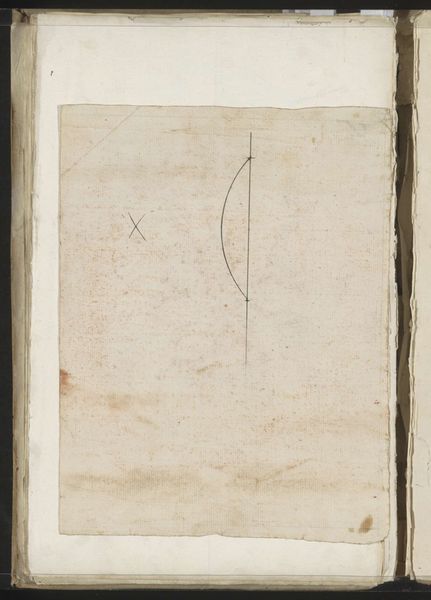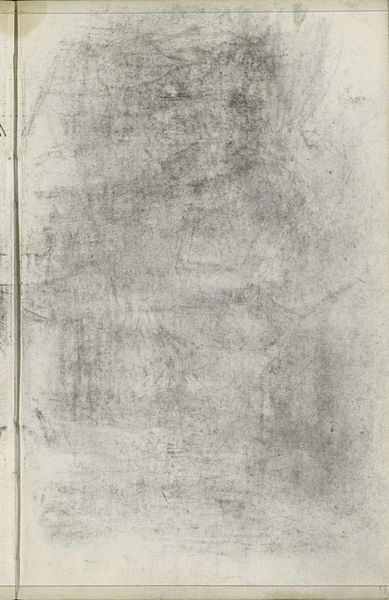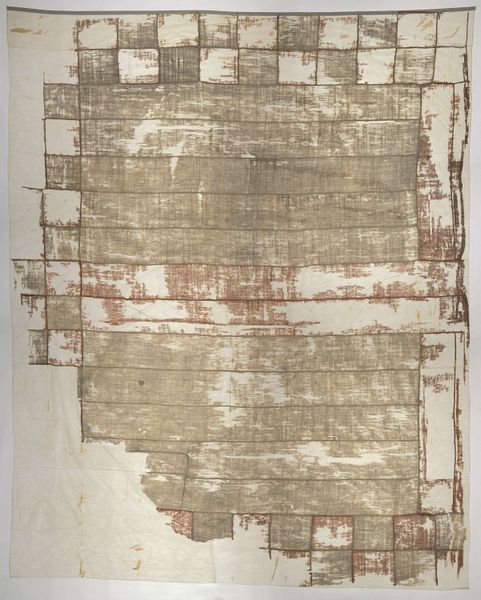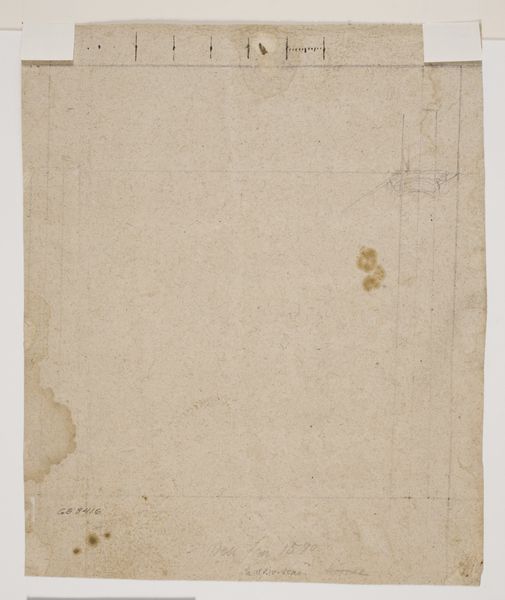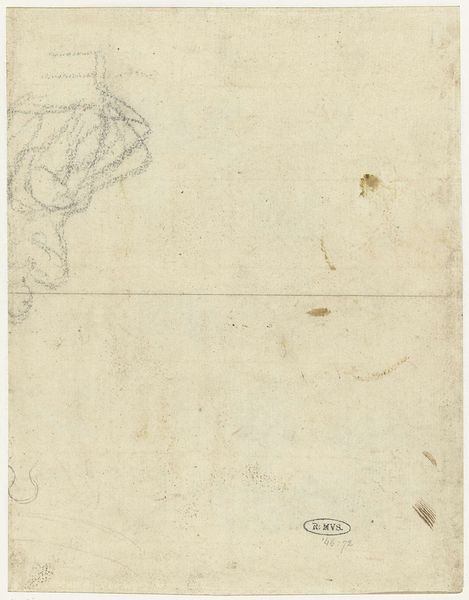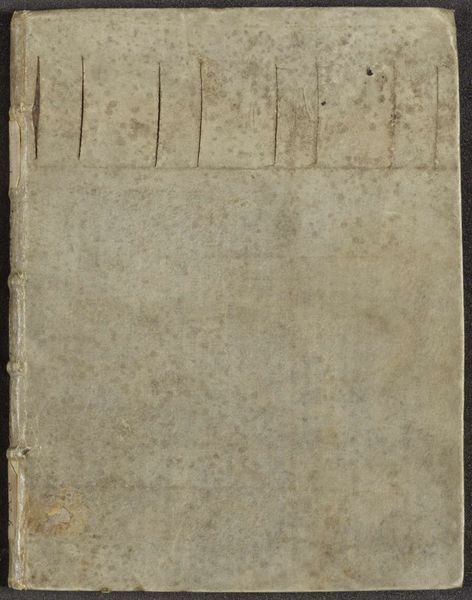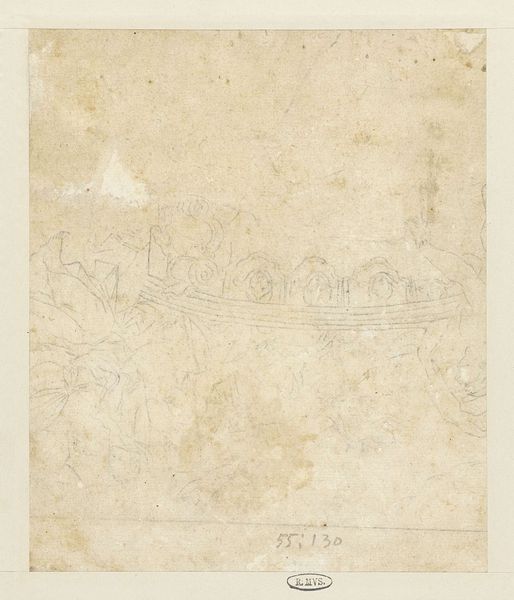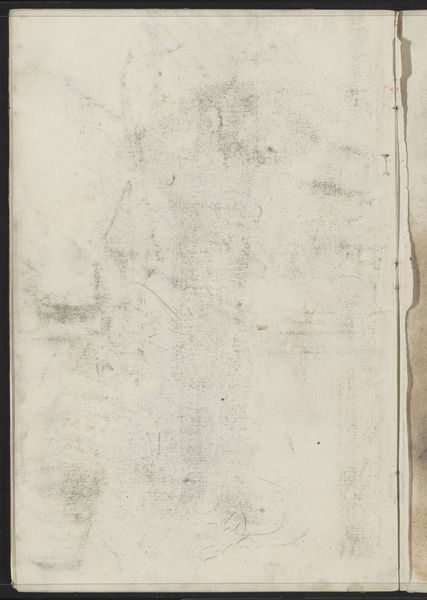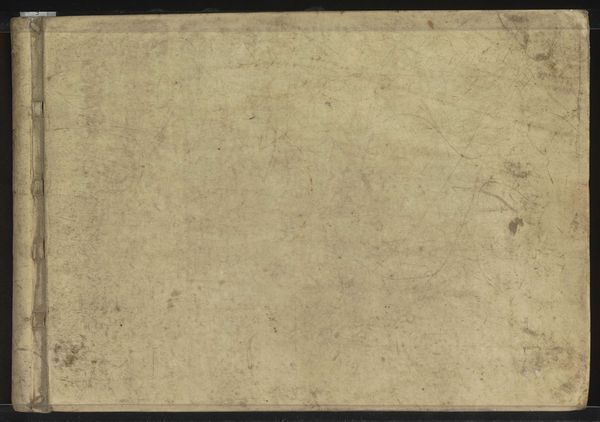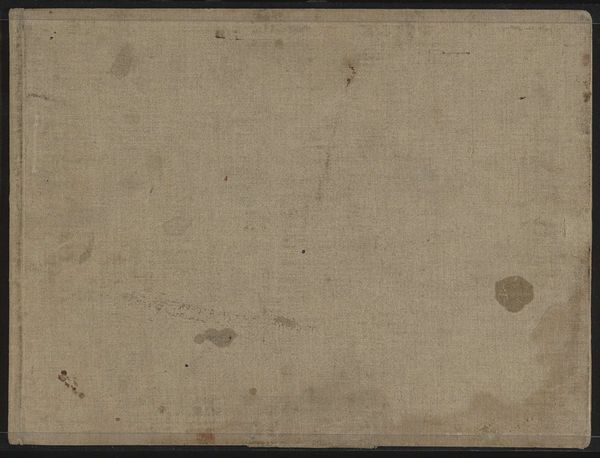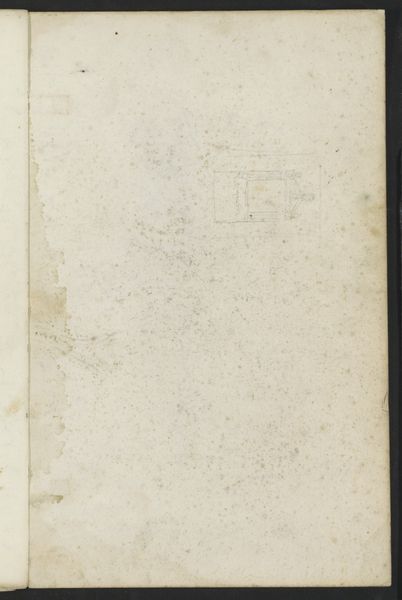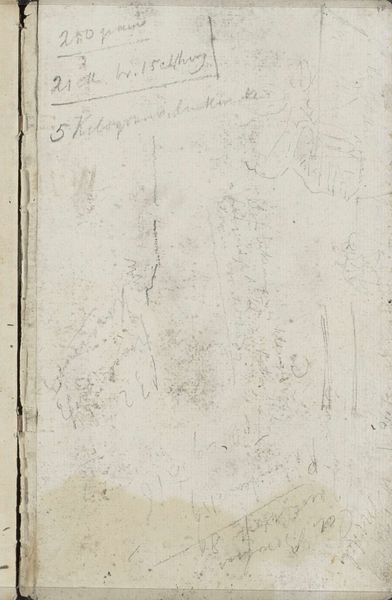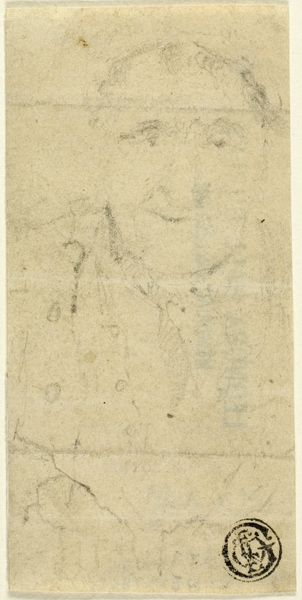
Design for a Stage Set at the Opéra, Paris 1830 - 1890
0:00
0:00
drawing, print, paper, pencil
#
drawing
#
neoclacissism
# print
#
typeface
#
paper
#
pencil
#
cityscape
#
history-painting
Dimensions: Irregular sheet: 8 3/4 x 2 1/4 in. (22.3 x 5.7 cm)
Copyright: Public Domain
Editor: So, here we have Eugène Cicéri's "Design for a Stage Set at the Opéra, Paris," dating roughly between 1830 and 1890. It’s a drawing, pencil and print on paper. It gives me a stark impression with its pale coloration. What’s your read on this piece? Curator: What strikes me is the material evidence of its creation. Notice the gridlines, the precise pencil work against the roughness of the paper. These point to the laborious process of designing a theatrical spectacle for mass consumption. How do these materials inform our understanding of 19th-century entertainment? Editor: That's interesting. I was focusing on the classical architecture depicted, but you're drawn to the actual production of the design itself. So, it's less about the Opéra as a high-art venue, and more about the industry and labor involved in making the *illusion* of that venue? Curator: Precisely. Think about the division of labor: the artist, the printers, the stagehands, all contributing to a manufactured experience. Where did the materials for the paper and pencils come from? Who profited from this production? Those questions reveal the broader economic and social forces at play. Editor: So, instead of just seeing a stage design, we're seeing a record of production. Curator: And consumption. This drawing is not just art for art's sake; it’s a commodity meant to generate revenue. It highlights the interplay between artistic creation and commercial enterprise in the Parisian theatre scene. Editor: I never thought about it that way before. Thanks for expanding how I see it. Curator: My pleasure. Looking at the materials and context truly changes how we perceive value in a piece like this.
Comments
No comments
Be the first to comment and join the conversation on the ultimate creative platform.
